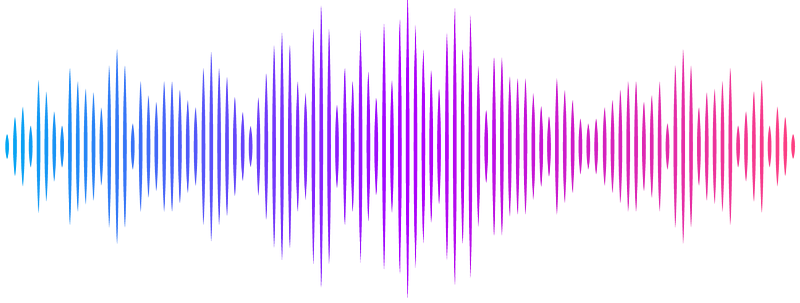Probing intermediate-mass black hole binaries with the Lunar Gravitational-wave Antenna

Probing intermediate-mass black hole binaries with the Lunar Gravitational-wave Antenna
Hanlin Song, Han Yan, Yacheng Kang, Xian Chen, Junjie Zhao, Lijing Shao
AbstractNew concepts for observing the gravitational waves (GWs) using a detector on the Moon, such as the Lunar Gravitational-wave Antenna (LGWA), have gained increasing attention. By utilizing the Moon as a giant antenna, the LGWA is expected to detect GWs in the frequency range from 1 millihertz (mHz) to several hertz, with optimal sensitivity in the decihertz band. Despite the debated formation and evolution channel of intermediate-mass black holes (IMBHs) with masses in the range of $[10^2, 10^5]\ {\rm M_\odot}$, binary systems containing at least one IMBH are widely believed to generate GWs spanning from mHz to a few Hz, making them a key scientific target for the LGWA. We explore the detectability of IMBH binaries with the LGWA in this work. The LGWA is more sensitive to nearby binaries (i.e. with redshift $z\lesssim0.5$) with the primary mass $m_1 \in [10^4, 10^5] \ {\rm M_\odot}$, while it prefers distant binaries (i.e. $z \gtrsim 5$) with $m_1 \in [10^3, 10^4] \ {\rm M_\odot}$. Considering a signal-to-noise ratio threshold of 10, our results imply that the LGWA can detect IMBH binaries up to $z \sim \mathcal{O}(10)$. We further show that the LGWA can constrain the primary mass with relative errors $\lesssim 0.1\%$ for binaries at $z \lesssim 0.5$. Furthermore, we show that the IMBH binaries at $z \lesssim 0.1$ can be used to constrain redshift with relative errors $\lesssim 10\%$, and those with $m_1 \in [10^4, 10^5] \ {\rm M_\odot}$ can be localized by the LGWA to be within $\mathcal{O} (10)$ $\rm deg^2$.